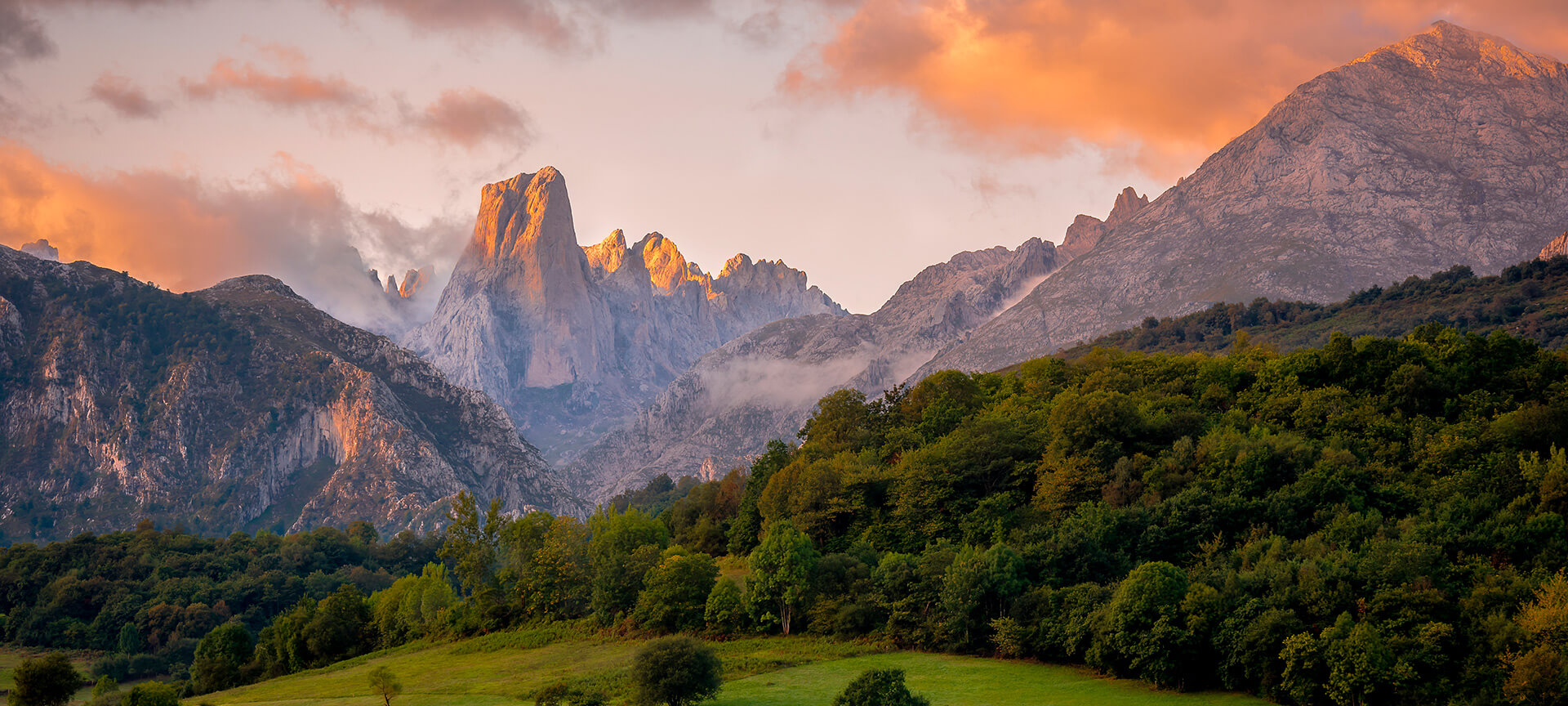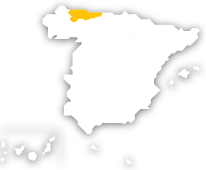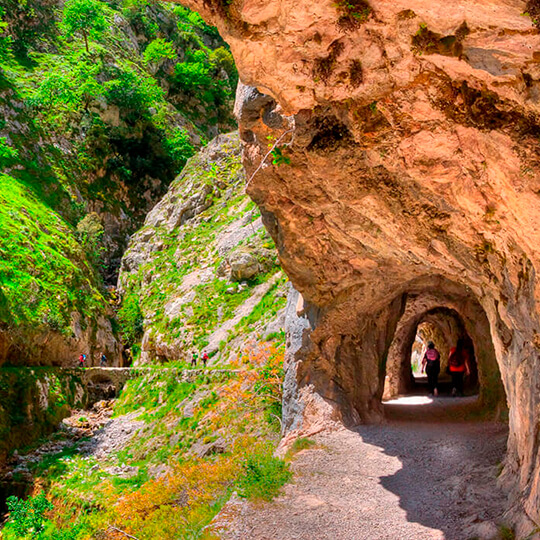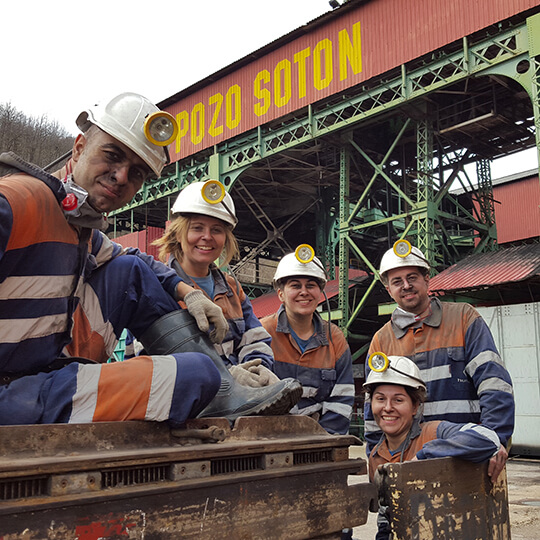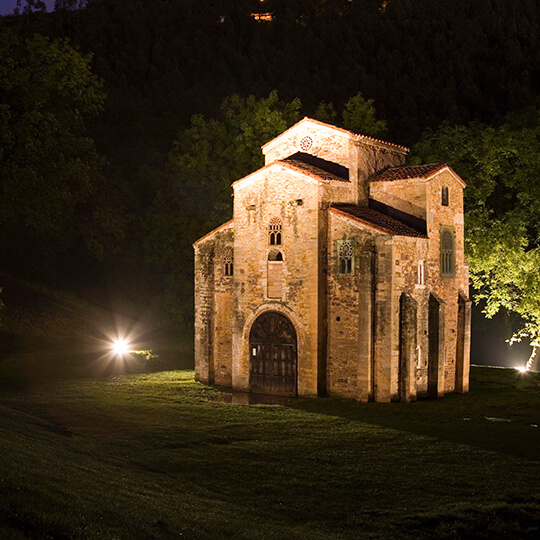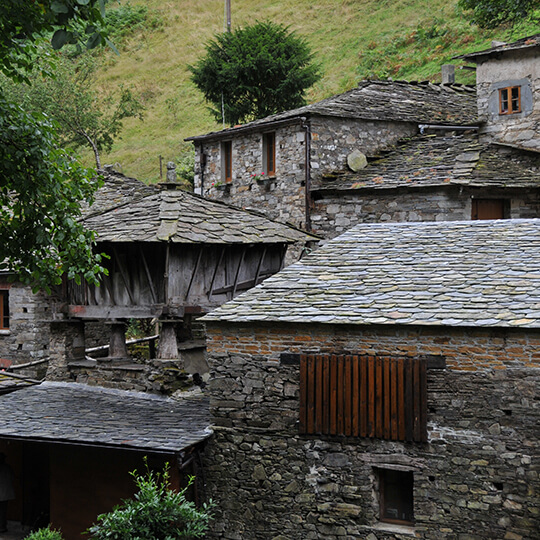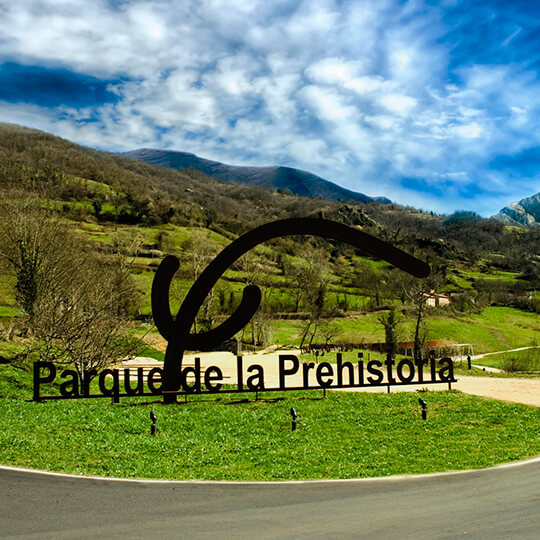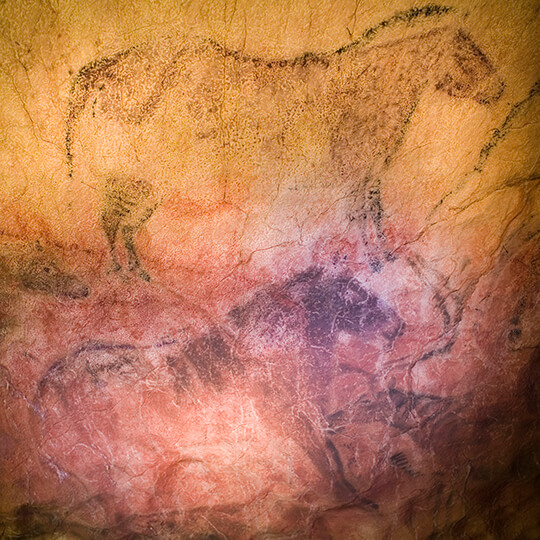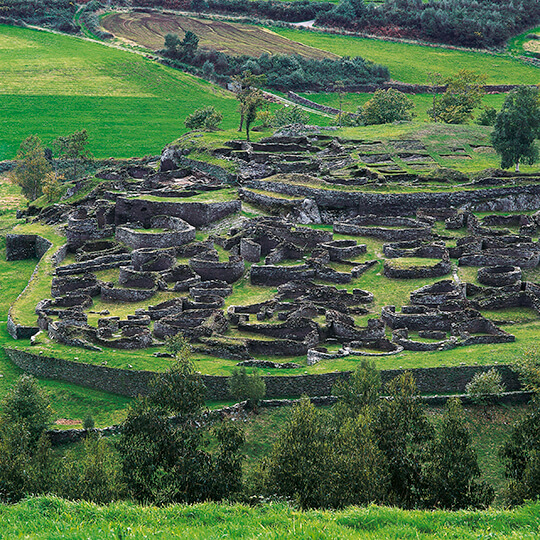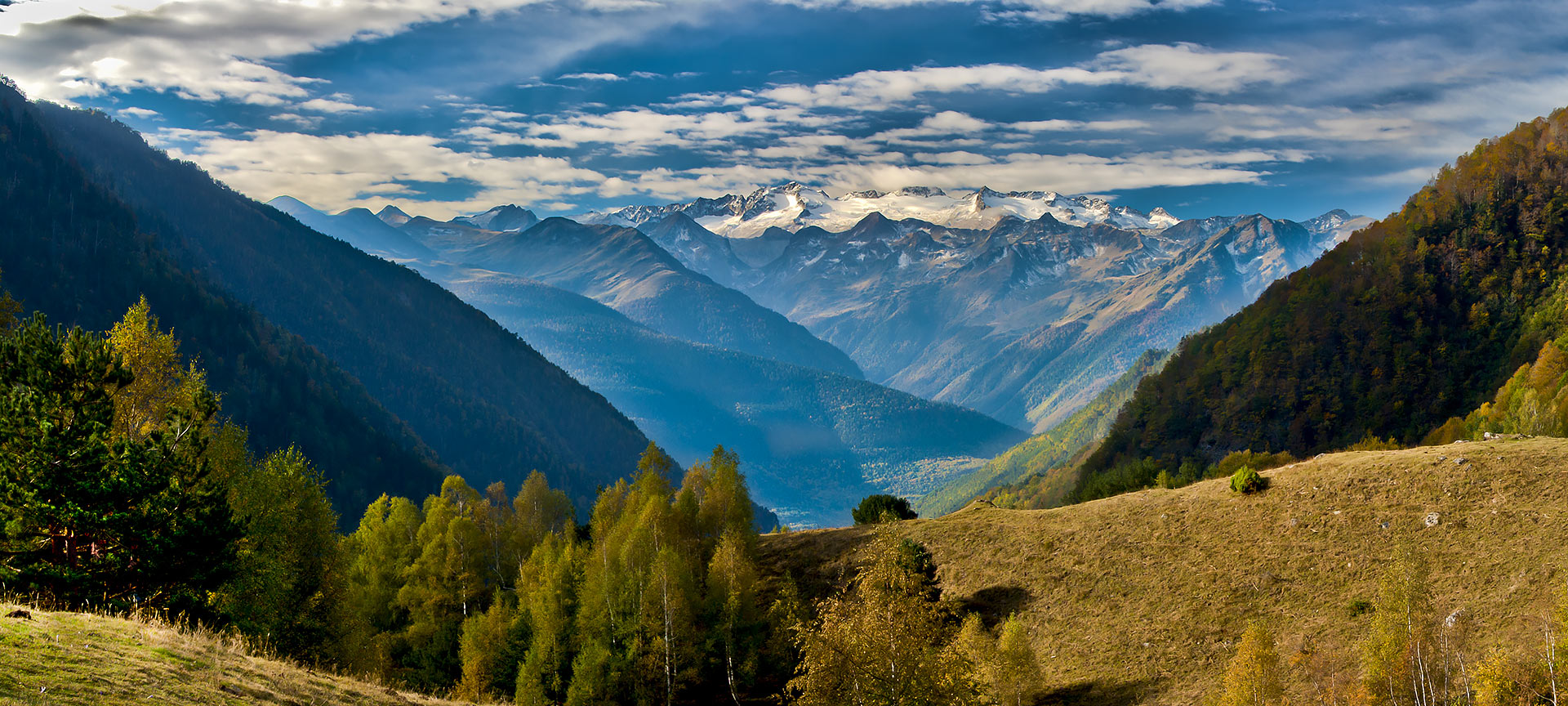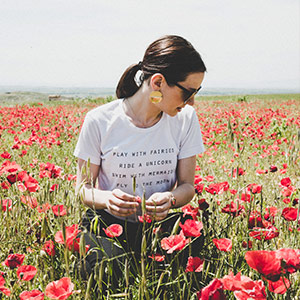Route via Cangas de Onís and the Covadonga lakes
This must be the most famous route in Asturias, part of the spectacular Picos de Europa National Park. You can start in the town of Cangas de Onís with a look at its pretty “Roman” bridge. Next, visit the Basilica of Santa María la Real de Covadonga, which rises like a dream in the middle of the valley, and the Santa Cueva (about a 10-kilometre drive), a spectacular natural cave holding the image of the Virgin of Covadonga (known affectionately as “la Santina”). This is just a foretaste of what you’ll find at the end of a beautiful winding mountain road: the stunning Covadonga lakes, originally formed by glaciers at an altitude of more than 1000 metres (in high season and in summer, access is by bus). Nearby the viewing points of La Reina and Ordiales offer panoramic views of the whole area.

